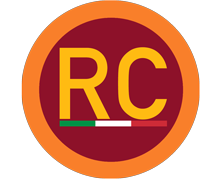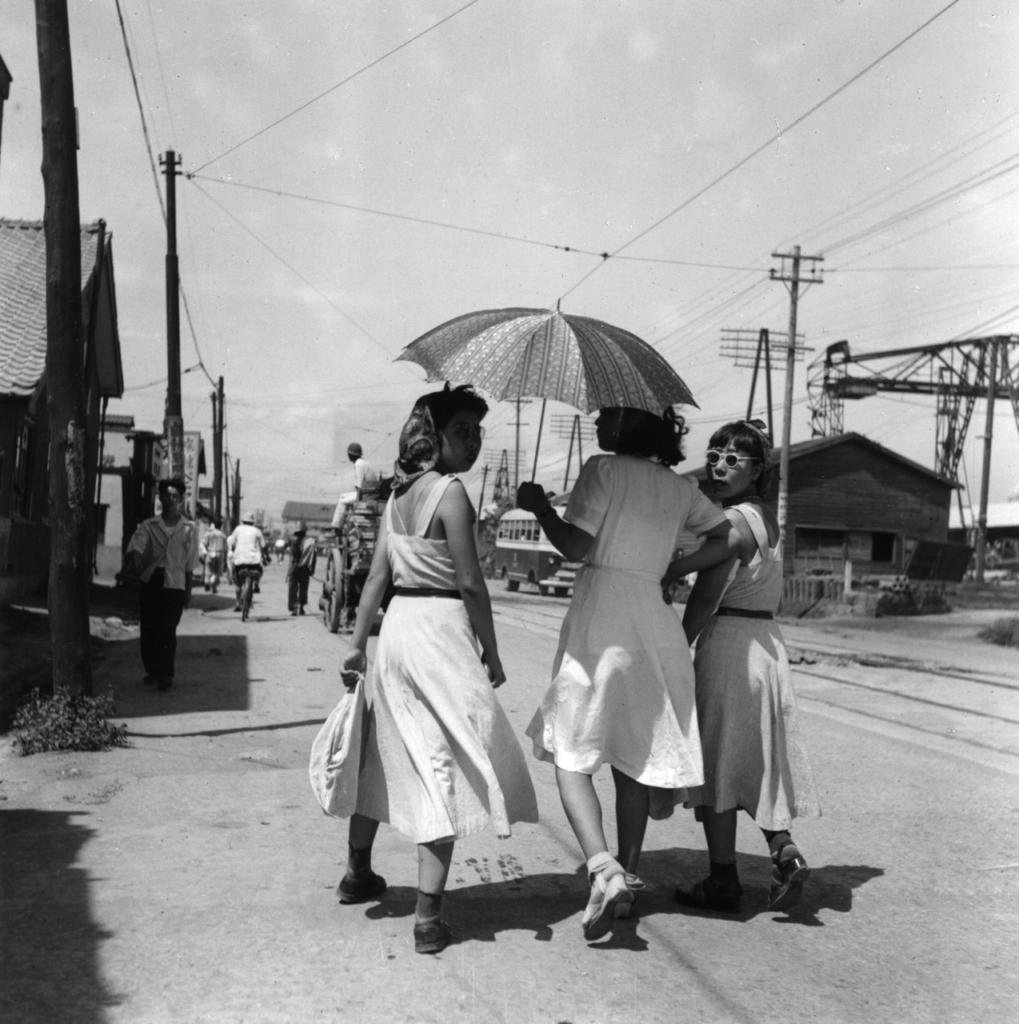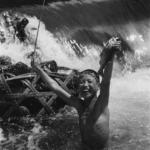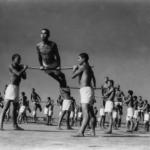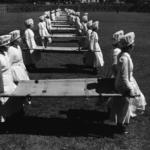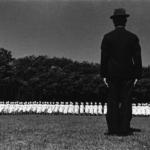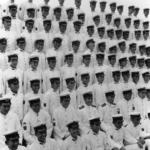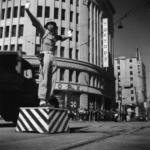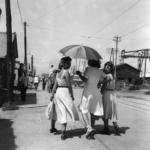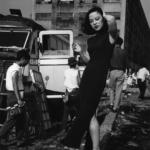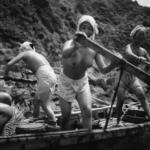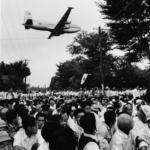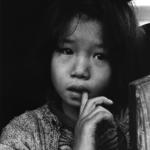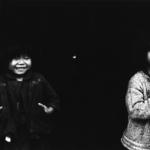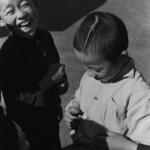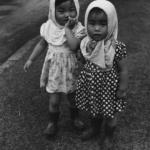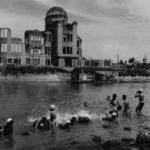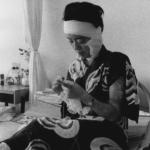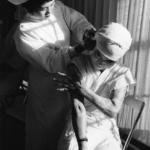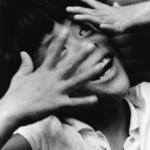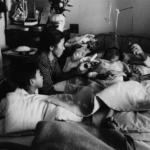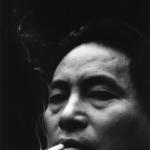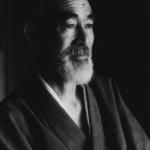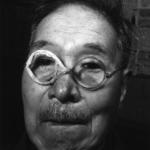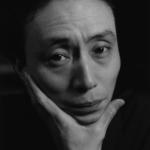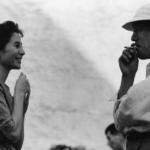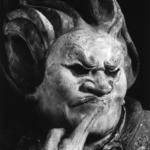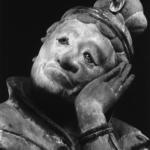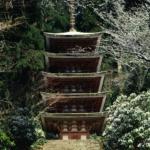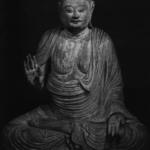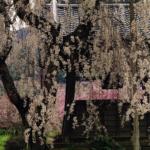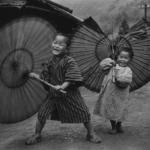Arrival at the Ara Pacis Museum in Rome and my first encounter live Domon Ken (1909-1990) . The absolute master of social realism in Japan , an icon in his country , was an unforgettable experience and has much to tell us in a continuous journey , food for thought on the real human needs . For the first time outside the borders of Japan , an extraordinary retrospective exhibition organized by MondoMostre , dedicated to one of the most important artists in the history of modern photography .
Almost assumes the tone of a challenge to talk about an artist whose artistic activity was born more than 90 years ago , and for the vastness of the interests of humanity and for the extraordinary variety of results he achieved in those fruitful years of research and study almost anthropological of his photography . What he left us as the cultural background is unique .
Entering the exhibition rooms of the museum you can admire his shots . We begin now to speak, are personal stories , modern anticipating so much of our time . In his pictures you can see so many human beings … simple , spontaneous , full of vitality , with intense eyes … and so the overwhelming black white, three-dimensional material .
Domon Ken loved humanity , his people and even the humblest human being in its simplicity , wanted to express his truth and reveal it through his eyes . Surely his existential and artistic path he walked on tracks not properly canonical , saw the difficulties of photography and of his time . He had to learn very early to come to terms with the existence and the tragedies he recounted, and this inevitably left a mark also in our history of photography .
The artist has photographed very important fifty years of life in Japan, since before the great World War II up to the after-effects changes with its social importance’s, living it almost as a challenge, without any mediation. Looking at his works and all the past, you see how it has affected his way of making art. He told us his photograph, taken in the chest and often upwind but so passionate, as he revealed to the world through his shots denouncing the Hiroshima tragedy in an unconventional way and always looking for the truth, as a duty, even against all . For his ability to tell the human being, he was nicknamed “The Cartier-Bresson Japanese.”
He loved the portraits, because through the human being we discover her past. An exploration in the newspaper: the artist’s eye steals particular emotions describing how various aspects of life are experienced through different perspectives. An anthropological and social travel, a continuing reflection on the real needs of man and what is the true essence of the existence.
He loved the black / white because through this technique, the photographs they feel, with little color to distract the eye, and you can imagine many things, and go beyond, step into the picture and live that moment.
We meet at the exhibition the master artist photographer Ushio Kido : student of Domon Ken teacher from the age of 18, he began attending the school of photography but left it to go and study by the master and he took it with him . The artist had 50 years , followed him everywhere , was his mentor . He tells us : ” Domon Ken was a single teacher , very generous , taught me the ” dignity of man. ”
Human dignity that we discover it and find ourselves in the eyes of those who photographed the great master.
Domon Ken (1909-1990) did an exhibition in Tokyo in 1951 with the masters of the ‘ 900 photography such as Henry Cartier – Bresson , Robert Doisneau and Brassai . In 2003 , Sakata , birthplace of the master photographer was born on Japan’s first museum dedicated to the artist.
The exhibition at the Ara Pacis Museum in Rome until September 18, 2016 curated by Rossella Menegazzo professor , professor of East Asian Art History at the University of Milan and Master Takeshi Fujimori , artistic director of the Ken Domon Museum of Photography. 150 works on display there , in black and white and color , made between the thirties and the seventies of the ‘ 900 . The exhibition catalog , published by Skira , is the first book of Ken Domon not in Japanese . A complete overview of the work of the Japanese artist , who with his shots , along with that of other great personalities of the Japanese world , has launched the cultural renewal of Japan .
Domon Ken . The realism of the Japanese Master in Rome
from May 27 to September 18, 2016
Ara Pacis Museum
Lungotevere in Augusta in Rome
Open every day 9:30 to 19:30
The ticket office closes one hour before
The exhibition is promoted by Roma Capitale – Superintendent Capitolina of Cultural Heritage , with the support of Bunkacho , Agency for Cultural Affairs of Japan and the Japan Foundation . Organized by MondoMostre with Zètema Culture Project.
The exhibition is organized in collaboration with Domon Ken Museum of Photography Sakata and the city of Sakata , with the Nikon sponsors participation , the brand has always been linked to Domon Ken and coaching Fujifilm sponsors who oversaw printing photos .
The exhibition is part of the extensive program of events that will represent the cultural and technological world of Japan in Italy throughout 2016, on the occasion of the 150th anniversary of the first Treaty of Friendship and Commerce signed in 1866 between Italy and Japan .
[codepeople-post-map]
She is an independent curator, art advisor and international marketing management consultant. For more than 20 years, he has been a cultural designer of events related to contemporary art with particular attention to unusual spaces and interactions with other arts.
